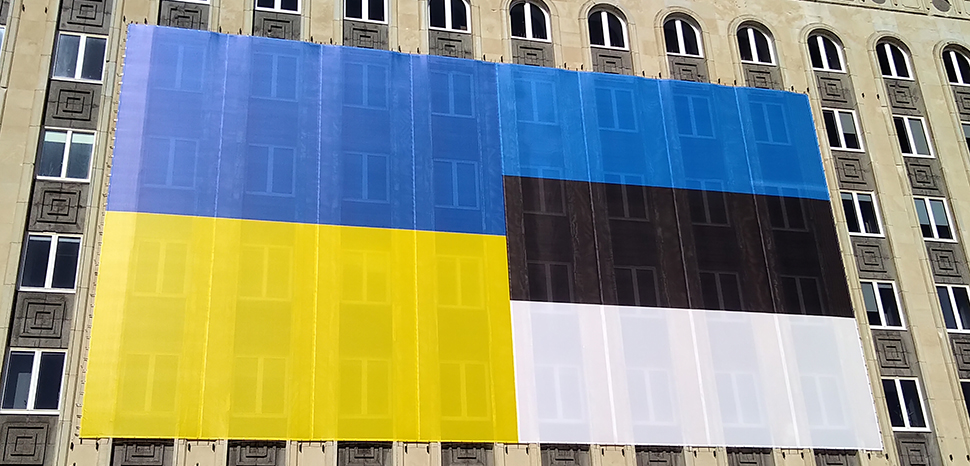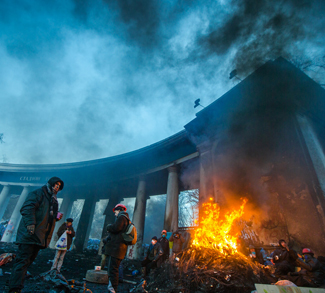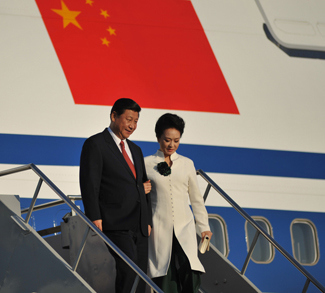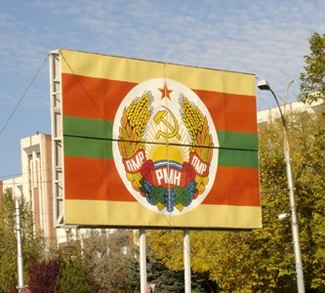In the early days of the Russian invasion of Ukraine, President Zelensky opted to call for heavy weapons rather than evacuate his military forces and abandon the defense of his country. Since then, Western aid has come in slowly, which unfortunately ended up carrying a cost during early battles in Luhansk. Regardless, major powers like the U.S. and UK have helped immensely with training, advising, and supplying Ukrainian forces throughout the war.
Despite this slow initial pace of Western aid, Central and Eastern European states have stepped up and took a major lead in supplying the Ukrainian Armed Forces against Russian aggression. Armed with the knowledge of what it is actually like to be under Russian occupation, these countries have become a symbol of resistance in Europe, refusing to let history repeat itself.
Estonia
Despite a relatively small population of just 1.3 million, Estonia has spent more in terms of GDP per capita helping Ukraine than any other nation. Tallinn has spent at least 0.8% of its GDP, more so than European powerhouses such as France and Germany. Estonia has also grown its naval cooperation with Finland, NATO’s soon-to-be newest member, which will eventually hinder the Russian Baltic Fleet’s freedom of movement in the region. In an article published by Politico, Estonia’s foreign minister Urmas Reinsalu emphasized the need to continue exporting military aid to Ukraine and enact tougher sanctions on Russia as the winter approaches – two moves that together could prove decisive in the war and the wider geopolitical standoff between Europe and Russia.
Latvia
Like Estonia, Latvia have been a major supporter of Ukraine’s territorial sovereignty, allocating at least 0.8% of their GDP to the war effort. These current levels of military aid account for a staggering one-third of the country’s defense budget. For most countries, this would be a significant security issue to donate such a large allocation of domestic defense spending; however, Latvia knows what is at stake in the Ukraine war. Russian media and politicians have not taken lightly to the diplomatic tensions between both nations, particularly as Latvia designated Russia as a state sponsor of terrorism. There is a sense that if Latvia doesn’t act now, it could be next: some Kremlin figures have openly been trumpeting the so-called persecution of the Russian language within the country, which was one of the casus bellis used to invade Ukraine.
Lithuania
Lithuania has been a consistent top fifteen weapons supplier to Ukraine and currently treats an unspecified number of wounded Ukrainian armed forces in their country. Vilnius has been a major diplomatic backer of EU membership for Kyiv and potential future NATO membership. In late May, Lithuanians came together to crowdfund a Bayraktar TB2 drone to help the war effort. The drone got its first confirmed strike against Russian forces on August 22. Vilnius has also stepped up efforts to put pressure on the Russian government by enforcing sanctions on transit goods into Kaliningrad, despite the fact that the EU eventually caved to Russian pressure amid condemnation from Lithuania and Poland. So far, the country has donated some $500 million in aid, with more to come as the war drags on.
Czechia
According to a May report by Ukrinform, the Czech Republic has been one of the largest donors per capita to Ukraine in terms of military aid and charity to refugees. Prague has sent various packages of equipment to Kyiv, including Mi-24 attack helicopters. These helicopters are much-needed for close air support as the war reached a stalemate over the summer. Czechia is also a major backer of Ukraine’s candidacy for the European Union, and it will continue diplomatic efforts to integrate the country into the European sphere of influence.
Slovakia
During the beginning of the Russian invasion, Slovakia immediately increased military aid to Ukraine. One Slovak citizen, Vladimir Benc, has been leading humanitarian aid convoys into Ukraine. He has frequently raised funds for Ukrainian refugees and supplied medicine and combat medical equipment to first responders in the country. In late July, it was reported that Slovakia was ready to provide Ukraine with their Soviet-era MiG 29 fighter jets. Though a formal decision on the transfer has not been made yet, Bratislava is awaiting F-16s from the U.S. to backfill their stockpiles, which will expedite the transfer to Ukraine.
Despite the wait, Slovakia has also sent its S300s, helicopters, howitzers, and MLRS ammunition to Kyiv. Recently, they also confirmed that they were sending 30 BMP-1 infantry fighting vehicles, which will be backfilled by German tanks. Bratislava will continue to support the country in any way it can until the Russian military withdraws.
Though support from world powers such as the United States, Britain, and France, and emerging military powers such as Poland and Japan have been highlighted throughout the Ukraine war, Central and Eastern Europe also deserve recognition for their critical support. Estonia, Lithuania, Latvia, Czechia, and Slovakia have shown the world that despite being smaller states, they are able to efficiently provide support to allies and help serve as a shield for Europe. With first-hand knowledge of what it means to live under Russian occupation, these countries will continue to support Ukraine and help guide the state toward a more democratic future with the European Union.
The views expressed in this article belong to the authors alone and do not necessarily reflect those of Geopoliticalmonitor.com




